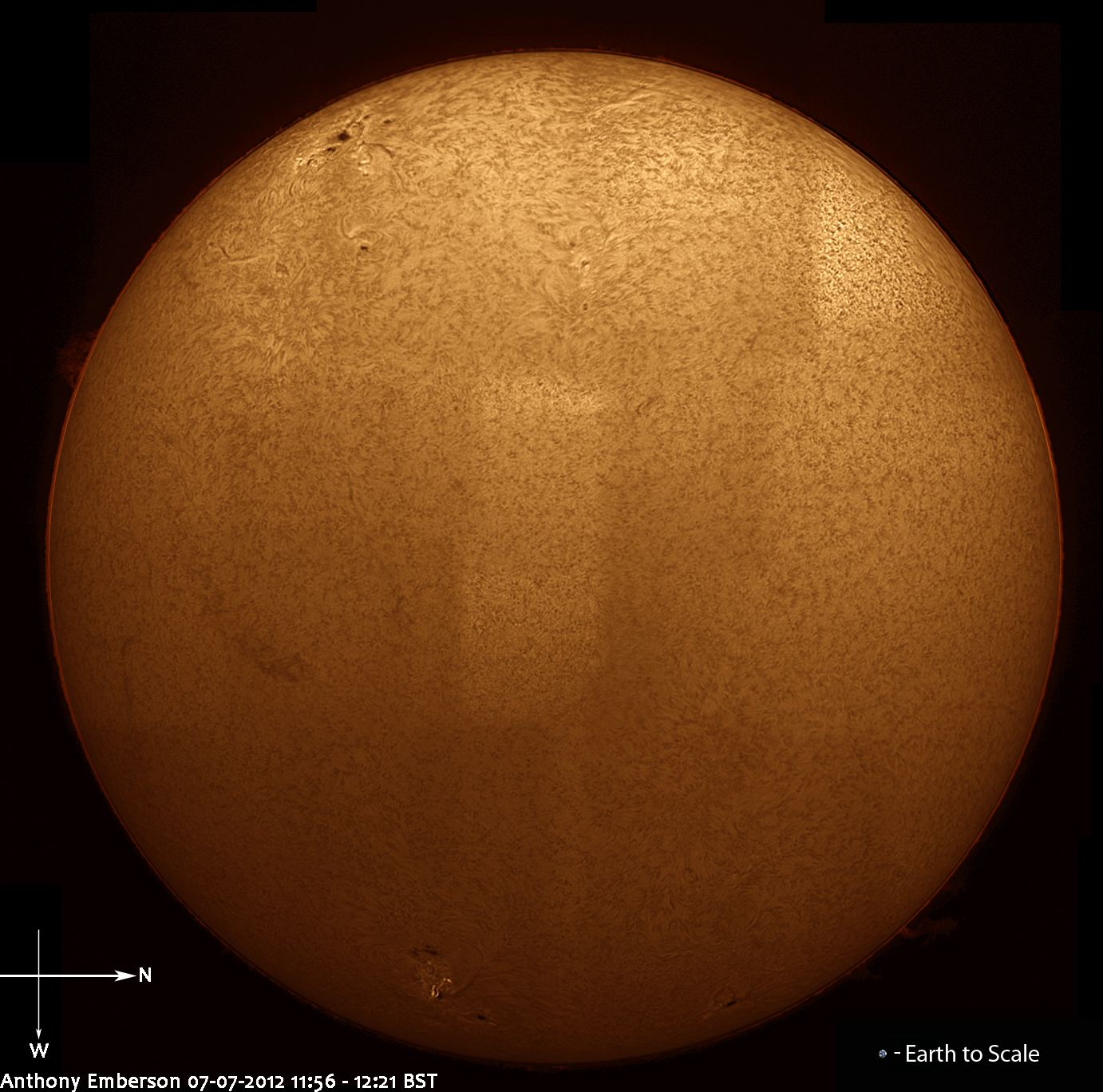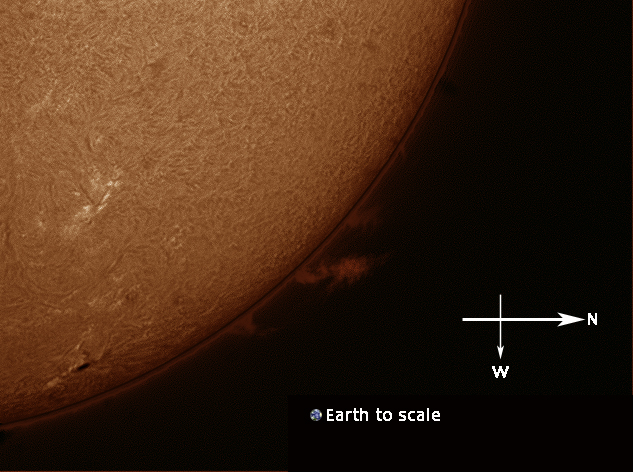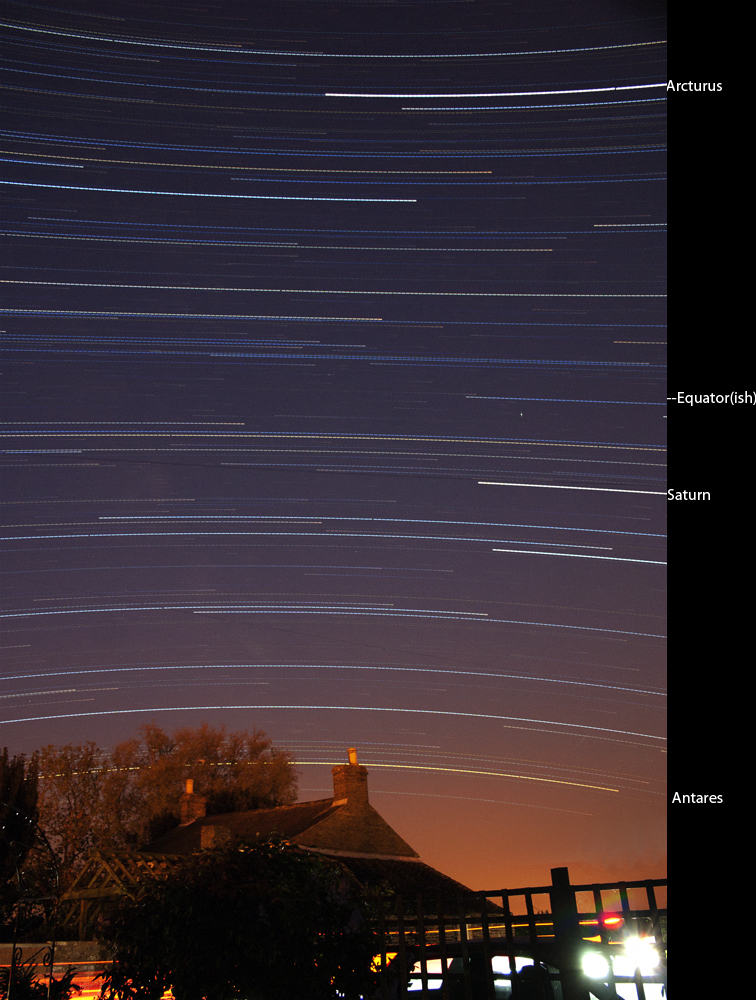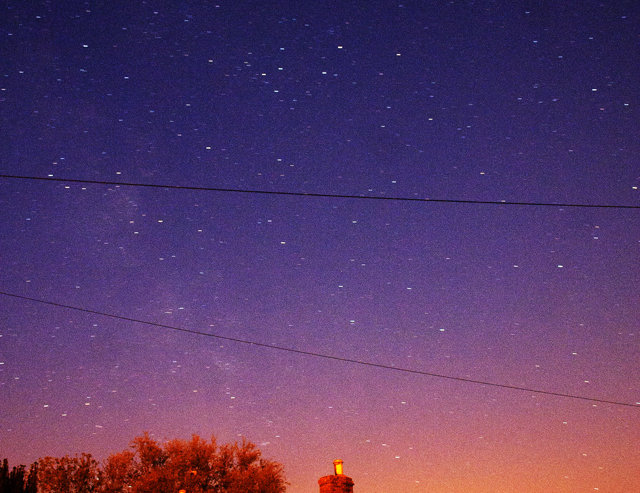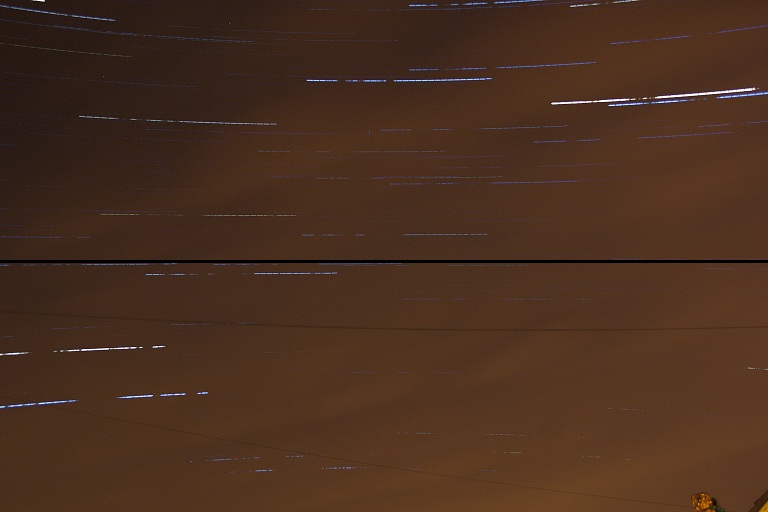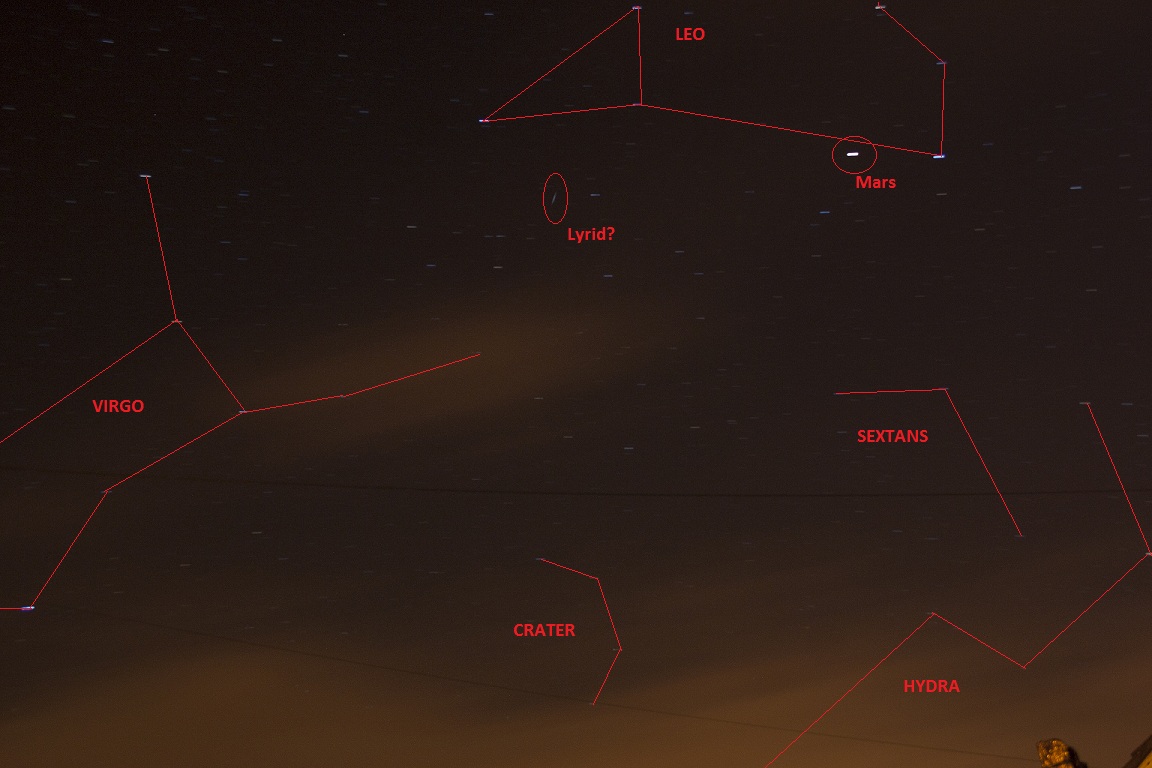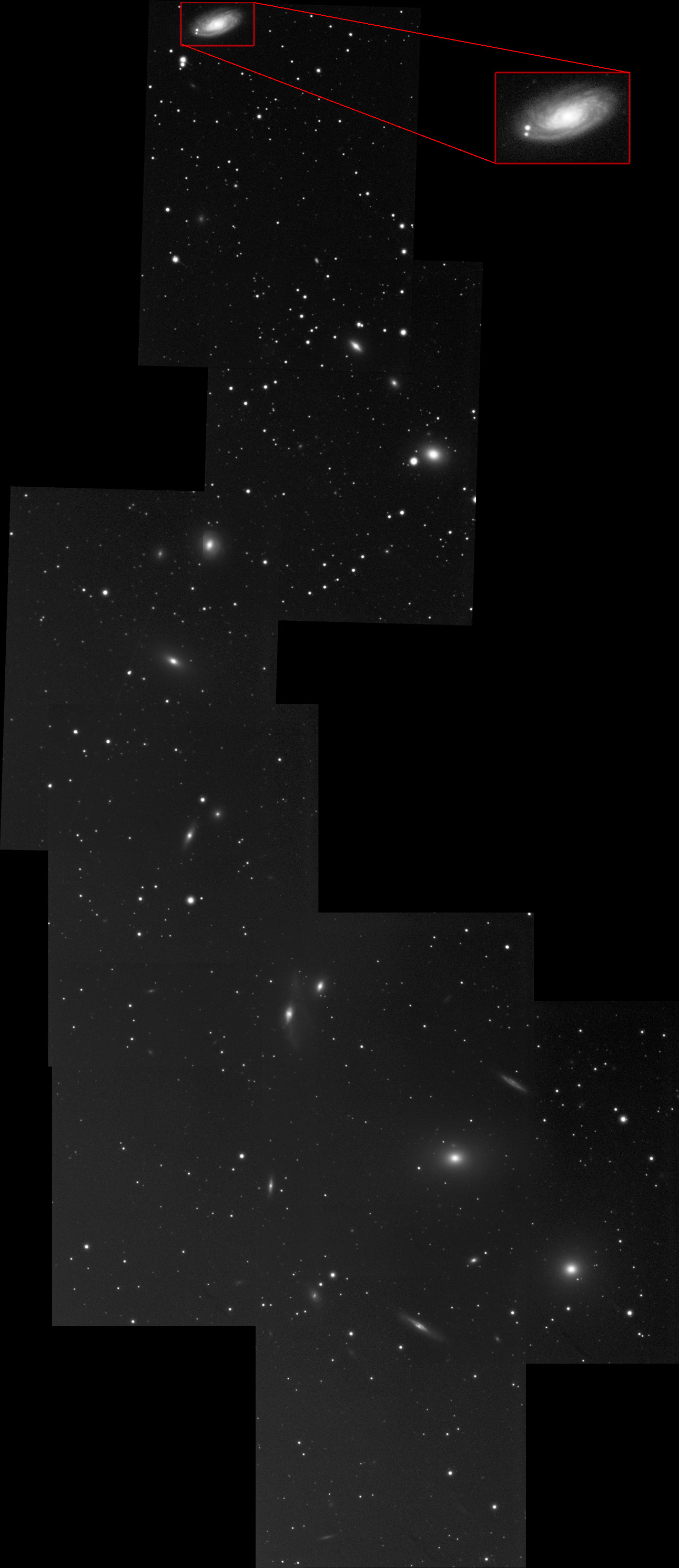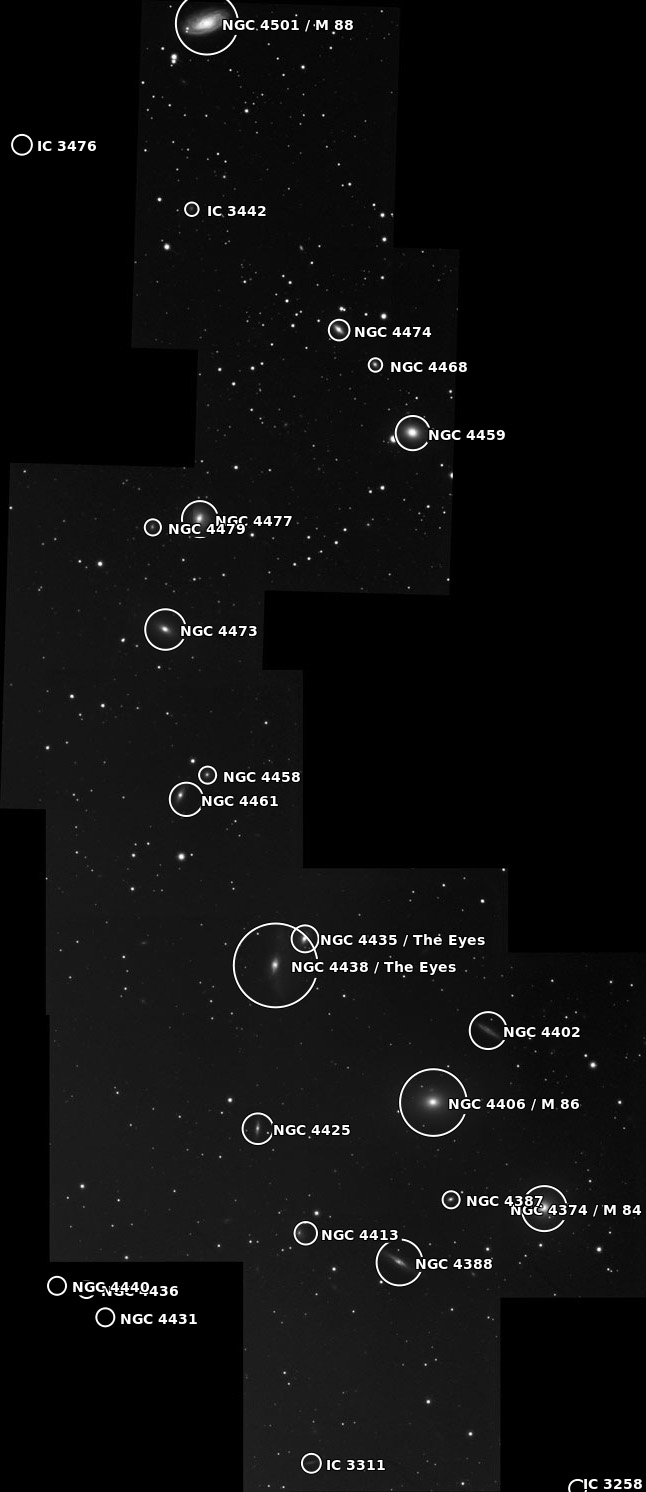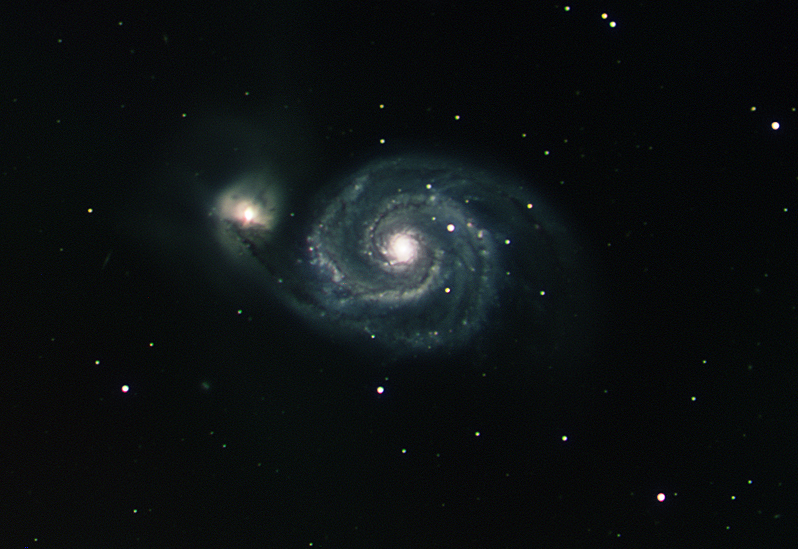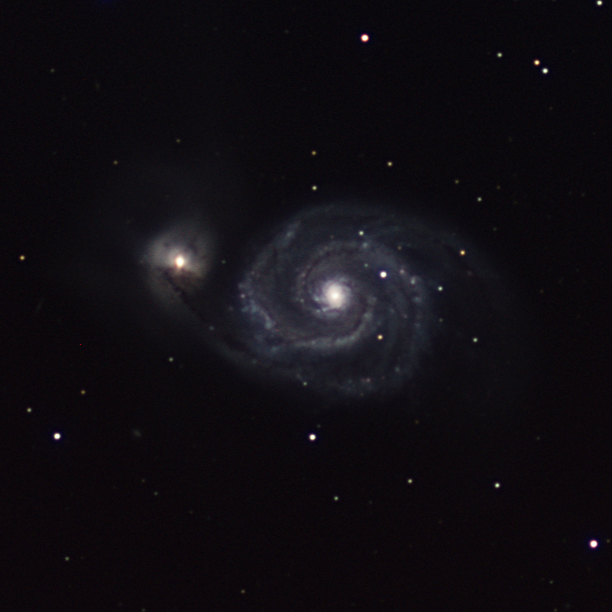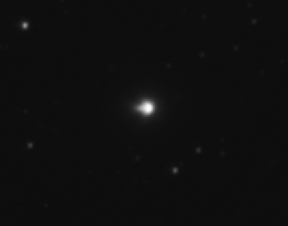Still having trouble with the brightness of the panes during in the final mosaic.
But I’m quite happy with this, around 20 panes taken between 11:56 and 12:20 BST, today 07/07/2012. Each pane is around 1200 frames stacked from an AVI of around 2200. Standard PST with a DMK21 and a barlow lens cell screwed into the nose peice (giving around a 1.5v magnifying effect). Captured using IC Capture, Y800 codec, gain of 560 and an exposure of 1/1200s. Captured at 60FPS.
Stacked in AVIStack, usually use Registax but it’s been giving me some very strange results lately… wavelets in Registax5, processed in CS5 (including colour), and then merged using IMERGE.
CLICK TO SEE THE FULL SIZE IMAGE.
